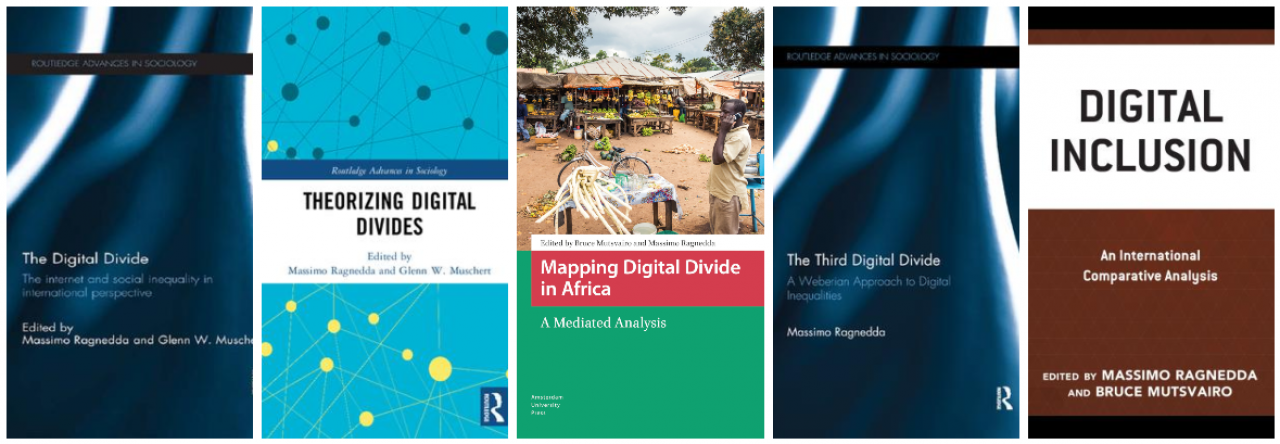 It has been a big honour for me to give a Keynote talk at the 10th International Media Readings in Moscow “Mass Media and Communications-2018“, 25-26 October 2018, Moscow.
It has been a big honour for me to give a Keynote talk at the 10th International Media Readings in Moscow “Mass Media and Communications-2018“, 25-26 October 2018, Moscow.
Abstract: At the same time as granting many privileges to their users, the development of the information society has highlighted the existence of obstacles preventing certain social groups (people who are disadvantaged in terms of age, gender, ethnicity, location, income, education or disability) from accessing and properly using technologies. An exclusion from, or even partial access to, the digital realm has become a significant source of social inequality. Digital inclusive initiatives tend to promote the use of ICTs as a means to create social inclusion. Enhancing digital inclusivity means helping citizens to use ICTs to find the resources and services they need when they need them the most. The aim is to include everyone in society by having access to ICTs and the skills, knowledge and confidence to use them to benefit their everyday lives. To build a digitally inclusive society it is necessary to challenge the digital divide by helping citizens to access, use and get the most out of ICTs. These three elements—access, use and social benefits—correspond to the three levels of the digital divide, intended as an articulated and multifaceted phenomenon that encompasses variables other than simply access. Any attempt to foster inclusion in the digital realm needs to consider these three levels.

 Massimo Ragnedda (2018),
Massimo Ragnedda (2018),  It has been an honor to be invited at the Oxford Union (12 September 2018) to be part of the debate “
It has been an honor to be invited at the Oxford Union (12 September 2018) to be part of the debate “ Massimo Ragnedda (2018),
Massimo Ragnedda (2018),  My colleague Anna Gladkova and I (we are both vice chair of the Digital Divide Working Group, IAMRC) are editing a book on the topic “Digital Inequalities in the Global South”.
My colleague Anna Gladkova and I (we are both vice chair of the Digital Divide Working Group, IAMRC) are editing a book on the topic “Digital Inequalities in the Global South”. I am honoured and happy to be elected as co-vice chair of the Digital Divide Working Group of the International Association for Media and Communication Research (IAMCR). The Digital Divide Working group was established in 1998. The main goal of this working group is to stimulate new theoretical approaches and empirical findings resulted from the research of digital inequality as a multi-dimensional phenomenon influencing various aspects of social life in different countries
I am honoured and happy to be elected as co-vice chair of the Digital Divide Working Group of the International Association for Media and Communication Research (IAMCR). The Digital Divide Working group was established in 1998. The main goal of this working group is to stimulate new theoretical approaches and empirical findings resulted from the research of digital inequality as a multi-dimensional phenomenon influencing various aspects of social life in different countries Call for Chapters.
Call for Chapters. Bruce Mutsvairo and Massimo Ragnedda (2017)
Bruce Mutsvairo and Massimo Ragnedda (2017)